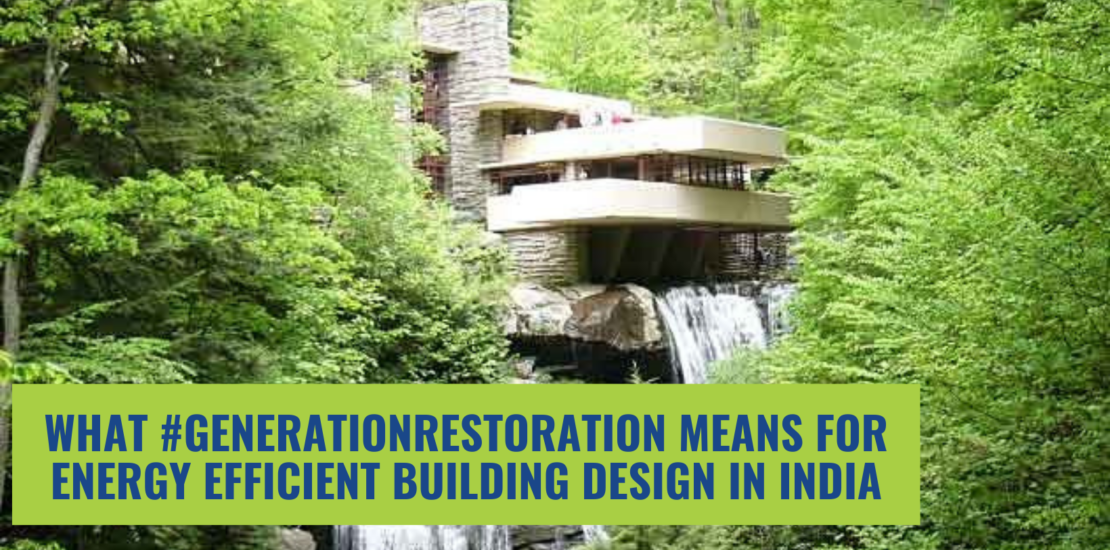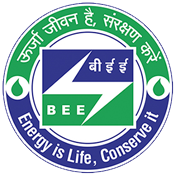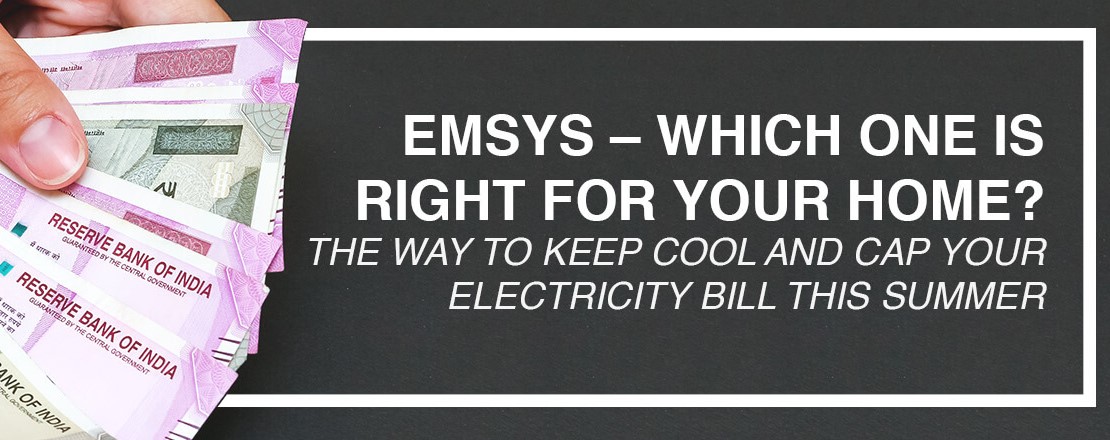
- Posted On: June 9, 2021
Celebrating World Environment Day in the year where Covid-19 still has a devastating grip in India has thrown up a lot of questions about the direction we want to move forward in. Much has been written and debated about how much of what we face today has been brought on by our slack attitude towards nature and its exploitation. World Environment Day 2021, which we observed on 5 June, seemed to be the right time to introspect about what we should do next and if there is a path to a better future.
The theme for this year’s World Environment Day was apt: Generation Restoration. It acknowledged the fact that while things are looking dire, we are the generation that should act towards restoring the environment. This theme talks about restoring ecosystems across the globe to turn back some of the damage that our lifestyles have brought on.
At BEEP, we look at the built environment as an ecosystem, with the understanding that many players need to come together with the aim of restoring the environment if we seriously want to move towards a greener future. The building industry and building design professionals have an important role to play here.
It might seem obvious, but the first step is moving towards energy efficient building design that will increase thermal comfort and decrease the need to use external cooling and heating devices. This will naturally lead to a reduction in emission of Green House Gases. With this in mind, BEEP provided technical assistance to the Bureau of Energy Efficiency to develop the Eco-Niwas Samhita 2018, India’s energy conservation building code for residential buildings. The Code is an in-depth guide on how residential buildings can have a well-designed building envelope that minimizes the need for air-conditioning. This not only benefits the environment, but also is a cost-effective option for residents, who are usually worried about their electricity bill. Technologies such as external shading, natural ventilation, and insulation are simple to incorporate into a building’s design and can have significant impact on thermal comfort.
However, for the industry to change, building design professionals have to change, too. That is where efforts like the BEEP camp come in. The BEEP camp is a unique hands-on learning workshop designed specifically to mentor young professionals to adopt energy efficient techniques and aesthetics in their building design. To further this, on World Environment Day we organized a webinar for students and design professionals on how external shading contributes to thermal comfort, energy efficiency, and reduces GHGs.
Of course, we cannot deny that construction, like any other industry, is driven by market realities. This is why familiarizing homeowners with the benefits of energy efficient building design is essential. Once the client opts for eco-friendly options, the industry will have to follow suit.
For more information on how BEEP is mainstreaming energy efficient building design through multi-pronged strategies, follow up on social media or contact us to stay in touch with the latest updates and news from India.
-
- Remya Sasindran






